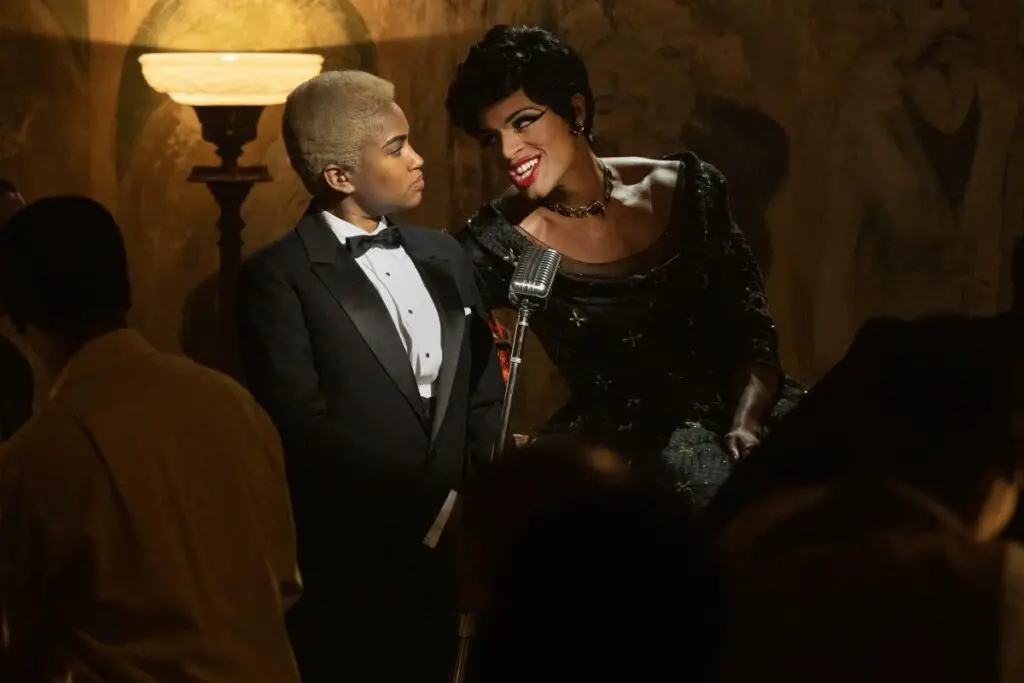Frankie Hines, a central character in Showtime’s “Fellow Travelers“, is a vibrant and unapologetic figure who doubles as a bartender and a drag performer in 1950s Washington D.C. His portrayal raises questions about the historical accuracy of drag culture during this era, particularly given the backdrop of the Lavender Scare under Senator Joseph McCarthy and Roy Cohn.
In the 1950s, despite the oppressive climate of the Lavender Scare, drag performances emerged as a popular and profitable mainstream entertainment form in America. Venues like the Cozy Corner bar, where Frankie works, were actual establishments of the time. These venues, often labeled as “female interpretation” clubs, thrived due to the comical angle of their performances. Interestingly, many of these clubs were not run by LGBTQ+ allies but by entrepreneurs who saw a lucrative opportunity in hosting drag events.
Legal and Social Dynamics of Drag Culture in the 1950s
While drag shows were legally permitted during the Lavender Scare, the broader LGBTQ+ community faced severe persecution. This legal tolerance towards drag performances was largely because they were seen as purely for entertainment and not as a promotion of LGBTQ+ activities. Notably, the Cozy Corner, depicted in “Fellow Travelers“, was a well-known gay bar situated away from the political center near Howard University. The series also references real-life figures like Stormé DeLarverie, a biracial lesbian drag king, highlighting the intersectionality within the drag community of the time.
Despite the legal acceptance of drag shows, drag queens like Frankie were treated significantly differently off-stage. Law enforcement and government officials often subjected them to discriminatory treatment, creating a stark contrast between their on-stage acceptance and off-stage challenges. This aspect of the series accurately captures the dichotomy of the era, where public and private personas of drag performers and LGBTQ+ individuals were starkly different.
In summary, “Fellow Travelers” presents Frankie’s character within a historically accurate framework of the 1950s drag culture. The show successfully portrays the complexities and contradictions of the time, highlighting the coexistence of a vibrant drag scene amidst a politically and socially oppressive environment.


